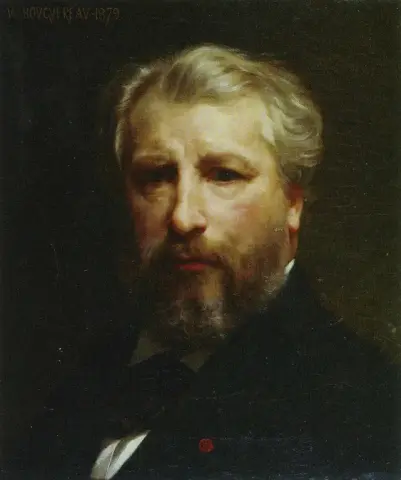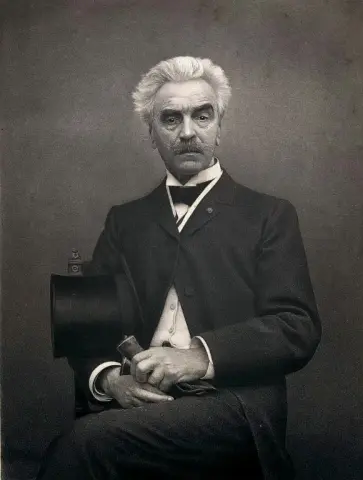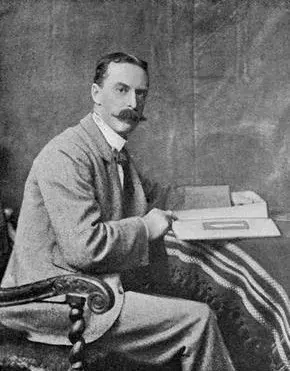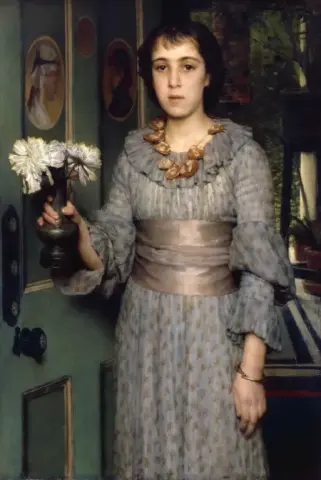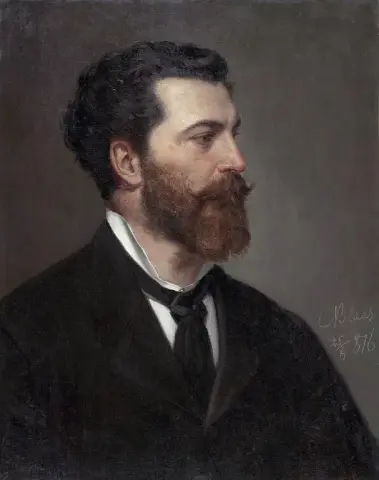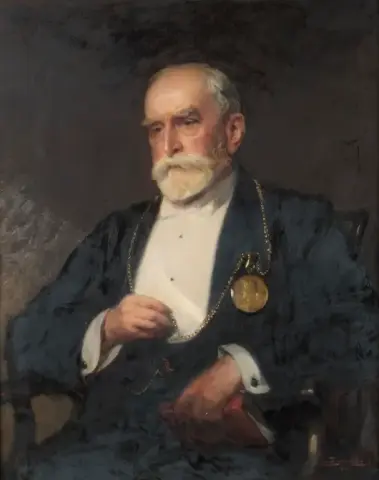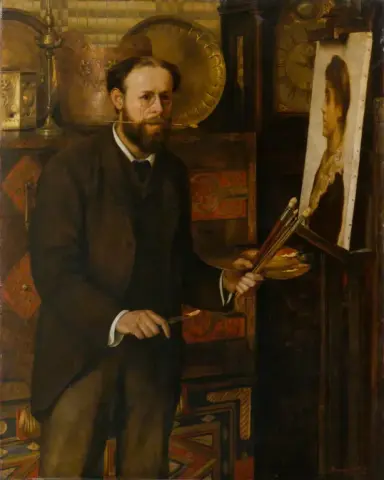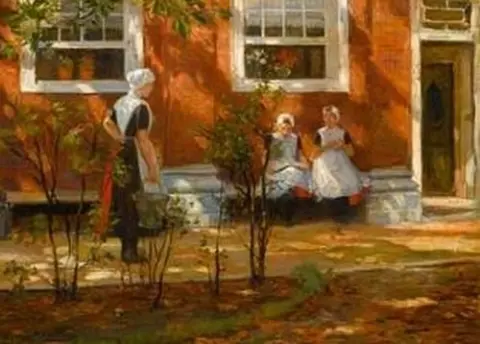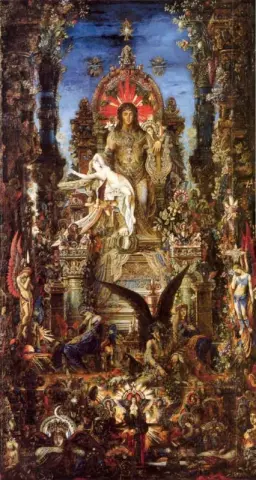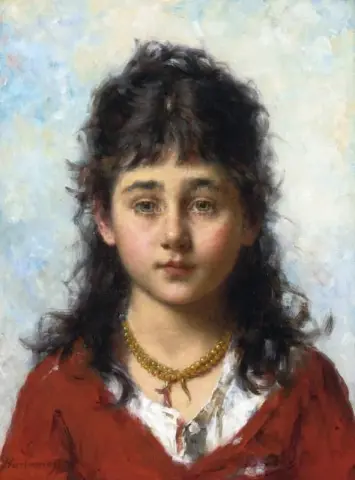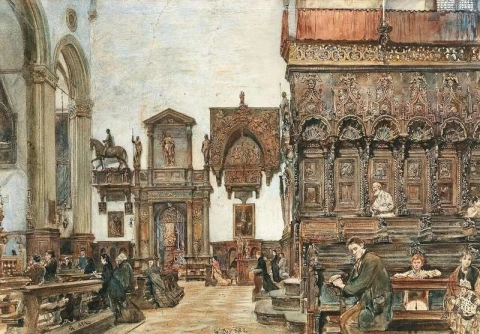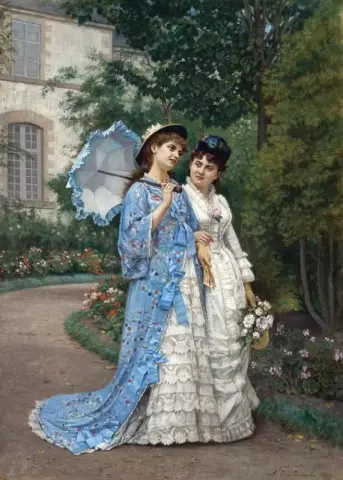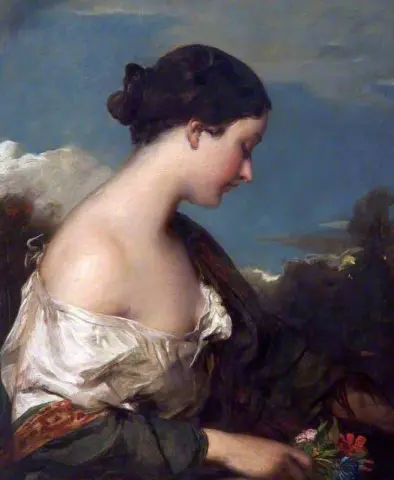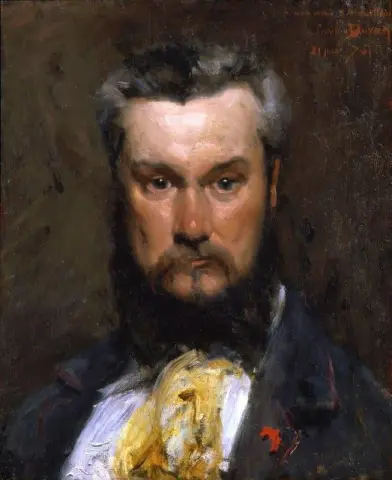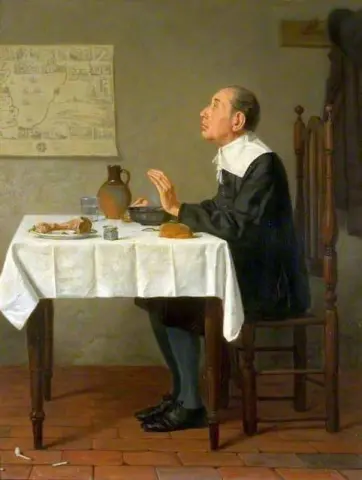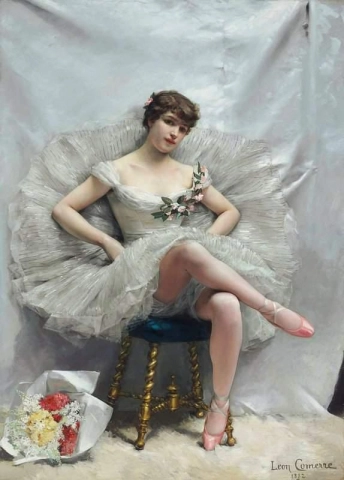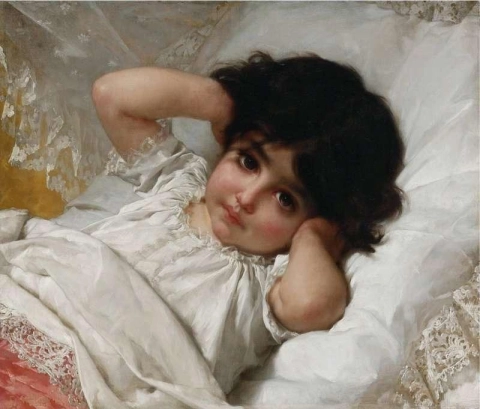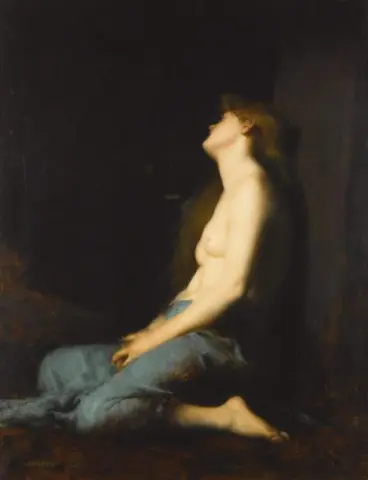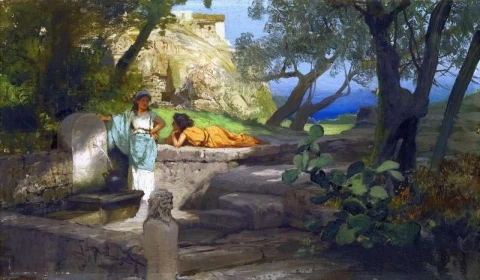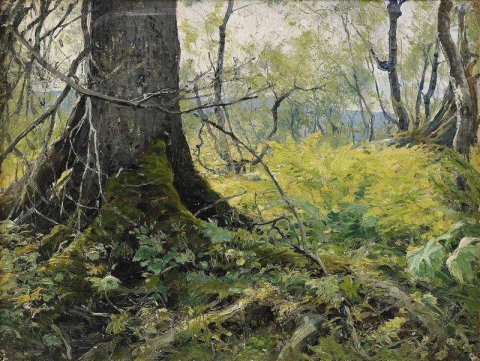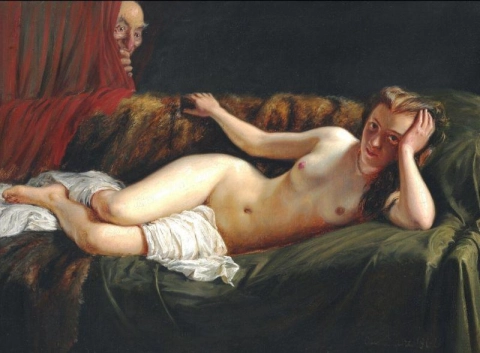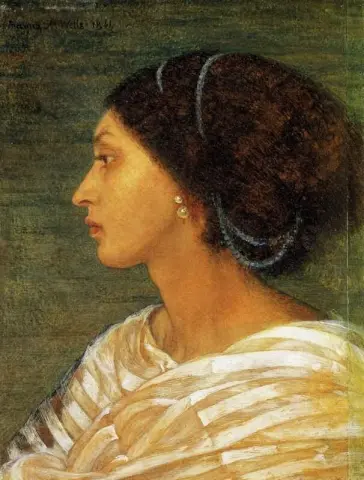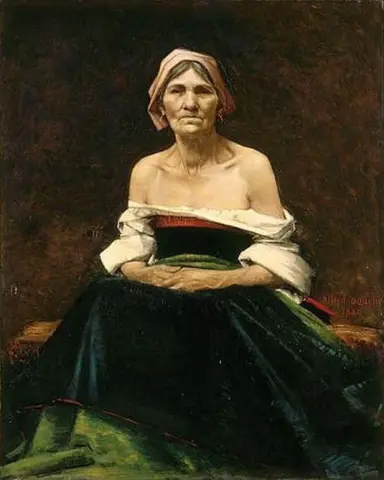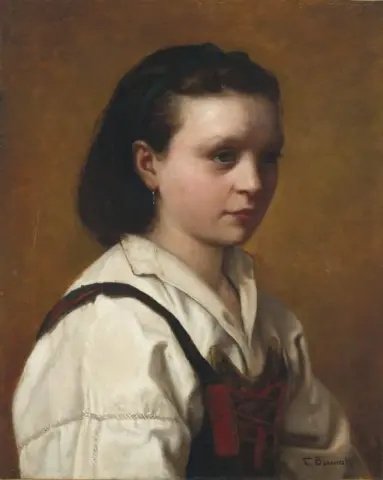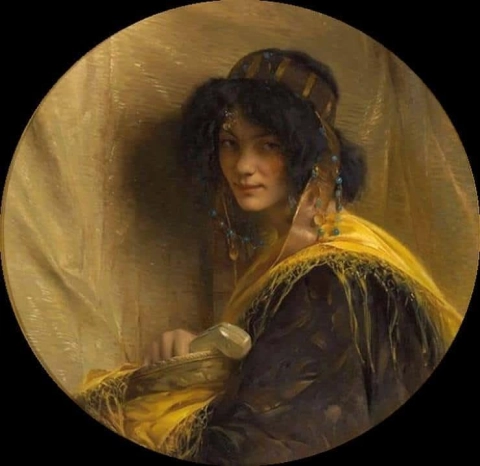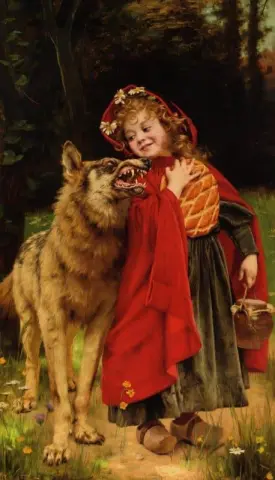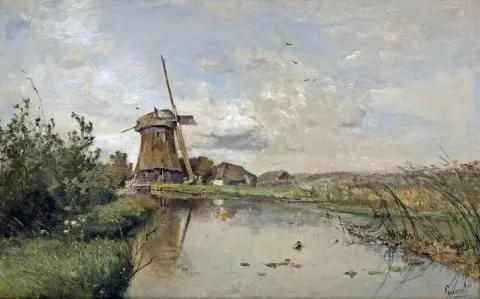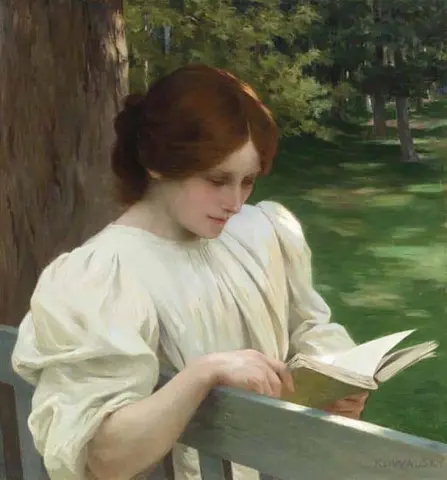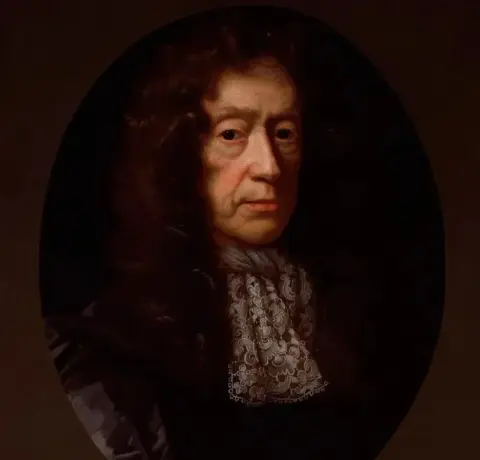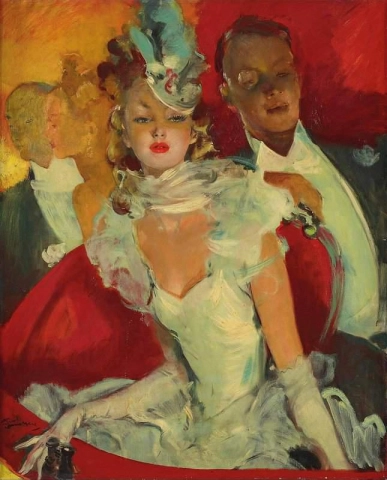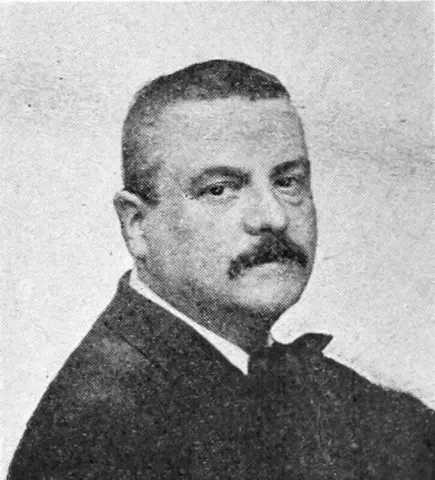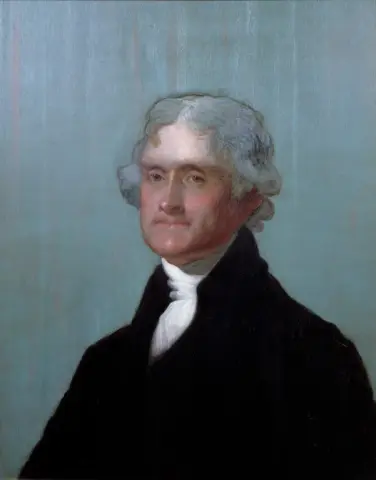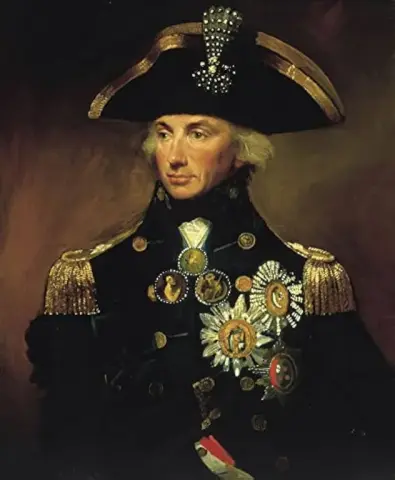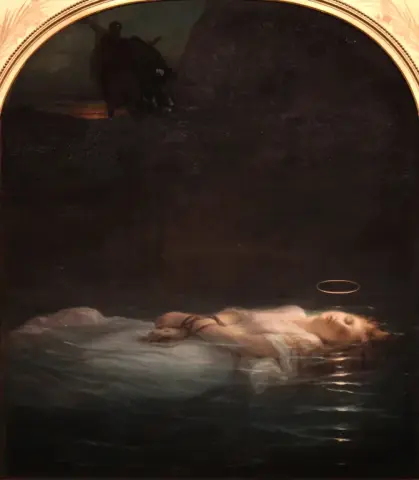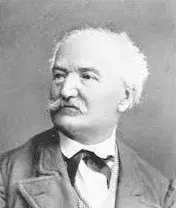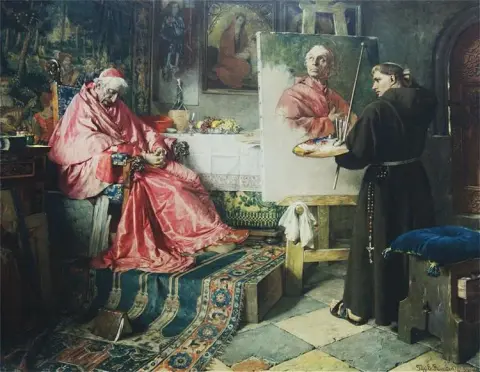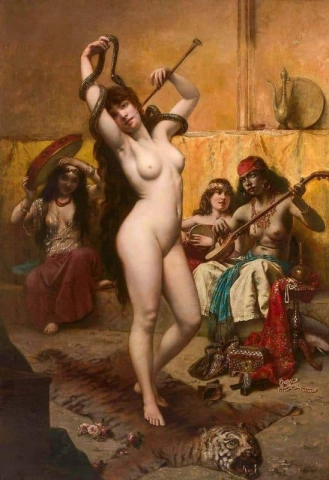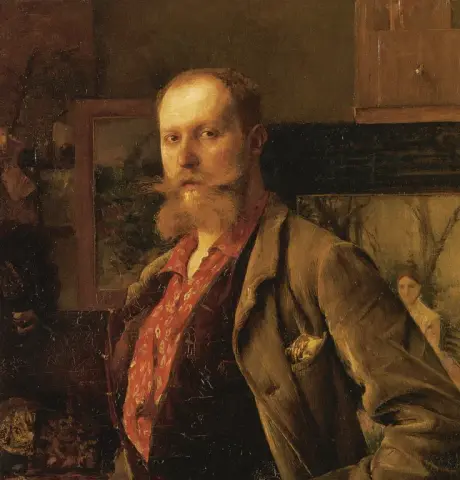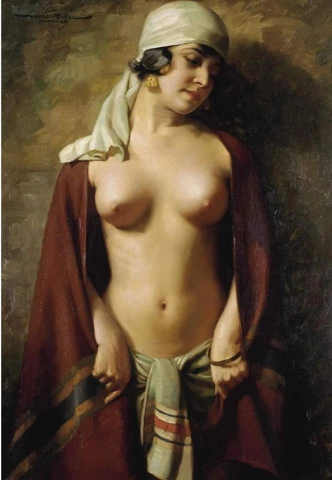Hand-painted painting reproductions - Movements - Academic
Imagine owning a museum-worthy piece of art, created by the greatest artists in history and reproduced by passionate and experienced painters. At POD, we offer you the opportunity to make that dream a reality. We reproduce the works of art of your favorite painters from the Academic art movement in the smallest details, so that you can enjoy them in your own home.
Our reproductions are made by experienced artists who use the best materials and techniques. We are committed to providing you with works of art of the highest quality, which will bring joy and inspiration to your family for generations to come.
Academic Art: Tradition of Classical Excellence
Origins & Historical Context
What does it take to master the art of painting ? In the 1500s and 1600s, Europe laid the groundwork through royal and civic institutions in Italy, France and England. Students began by replicating Greek and Roman sculptures to internalize ideal proportions. They then advanced to sketching plaster casts, studying human anatomy and applying linear perspective. By 1648, the Paris academy established a strict hierarchy of subject matter: grand historical compositions ranked highest, followed by portraiture, scenes of daily life, landscapes and still lifes. This system, rooted in classical ideals, fostered visual harmony, technical excellence and powerful narrative across generations of painters.
The Craft Behind the Canvas
Precision, clarity and balance define this refined painting style. Artists worked in oil on canvas to achieve vibrant color depth and seamless transitions between light and shadow. This medium enabled meticulous detailing and authentic spatial depth. Soft palettes of warm flesh tones and earthy hues were offset by rich shadows and bright highlights that guide the viewer’s eye. Compositions relied on clear geometric layouts, with lighting designed to draw attention to key figures or moments. A polished surface, free of visible brushwork, created a lifelike, almost photographic effect that showcased the painter’s discipline. Typical subjects included myths, sacred narratives or recorded history, often enriched with symbolism and moral reflection to educate and inspire.
Golden Age in the 19th Century
In the 1800s, under Paris’s premier art school and its renowned exhibitions, monumental canvases celebrated heroism and virtue. State commissions and awards encouraged works that married technical mastery with uplifting stories. Public salons became cultural milestones, influencing tastes and reinforcing national pride. Leading painters mastered anatomy, perspective and dramatic lighting to produce iconic images that set the era’s visual standards and became enduring emblems of refined taste.
Decline and Enduring Legacy
By the late 19th century, new movements sought fresh approaches. Realists depicted everyday life and social realities rather than idealized scenes. Impressionists embraced visible brushwork and fleeting light effects. Symbolists favored personal imagination and poetic abstraction. The famous Salon of 1863, showcasing works rejected by official juries, marked a decisive shift. Yet the rigorous training methods born in those early schools survived in atelier programs and art academies worldwide, underpinning classical instruction to this day.
Modern Influence and Reproductions
Today, the tradition lives on in ateliers and museum collections around the globe. Masters such as Jacques-Louis David, Jean-Auguste-Dominique Ingres and William-Adolphe Bouguereau remain admired for their intellectual depth and visual harmony. Collectors prize their 19th-century masterpieces for technical finesse and storytelling power. High-quality oil painting reproductions on canvas now allow enthusiasts to enjoy these works firsthand. Crafted with attention to original techniques and materials, these replicas bring timeless beauty and narrative richness into modern interiors.

